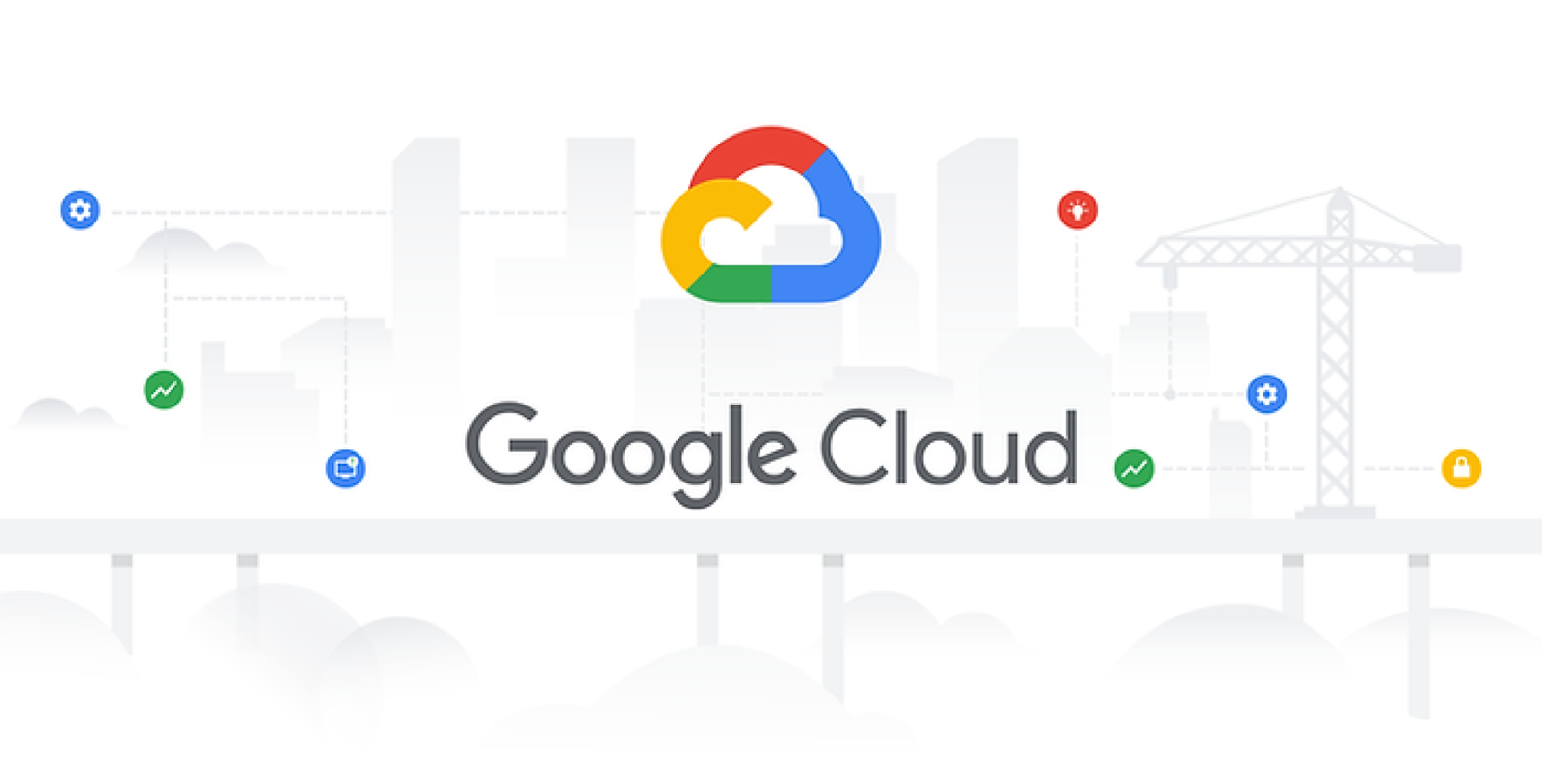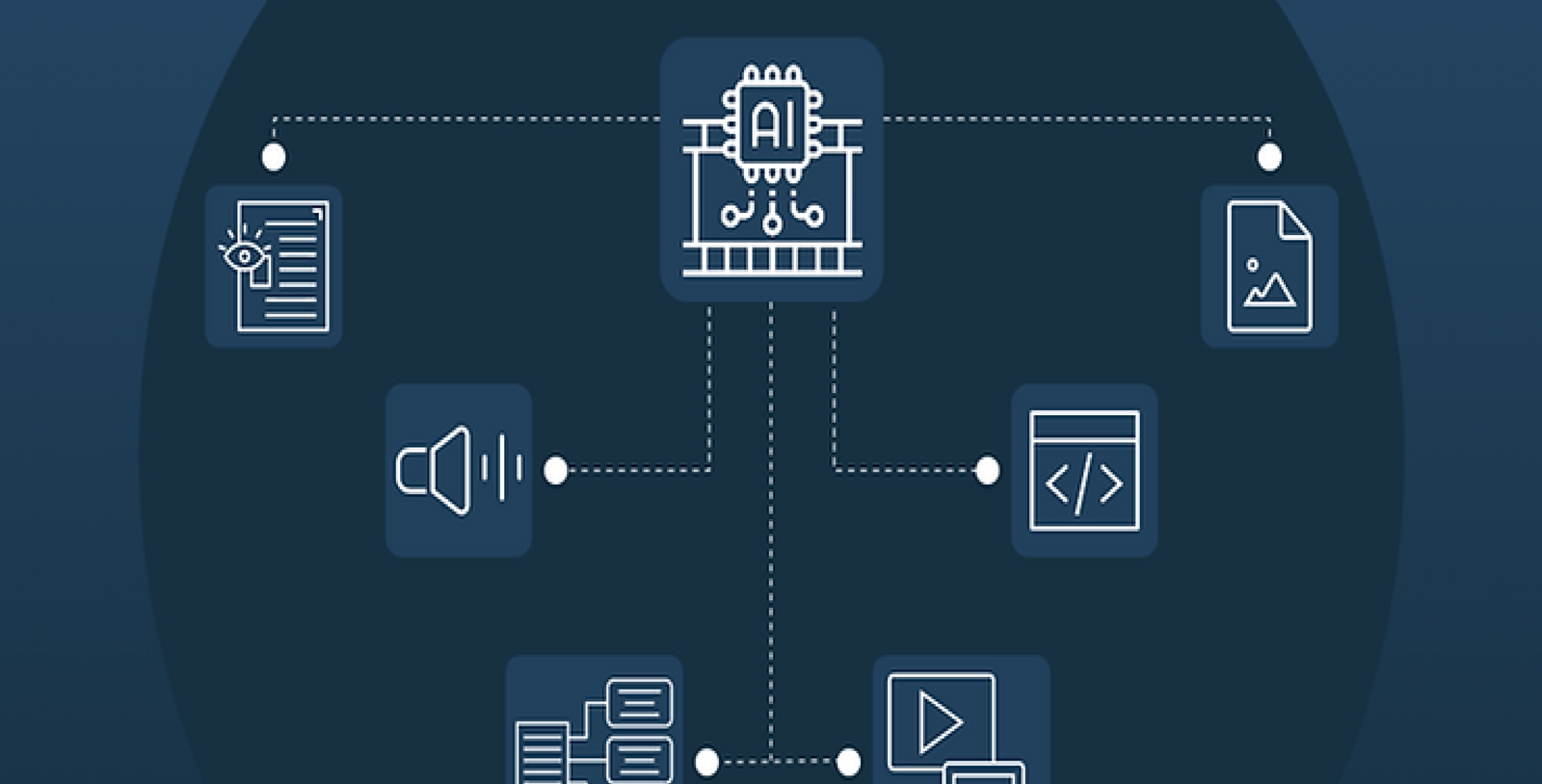Finding Suitable Replacements for Google IoT Core: A Guide to Alternatives and Migration
In a surprising turn of events, Google has announced that it will be shutting down its once-popular Google IoT Core in August 2023. This decision has left many companies scrambling to find alternative solutions for their IoT needs. In this article, we will delve into the reasons behind this shutdown, what lies ahead, and provide you with a comprehensive guide on how to smoothly transition away from the platform.Understanding Google’s Decision:
- Google’s strategic shift was the driving force behind the shutdown of IoT Core. They have decided to reallocate their focus to other aspects of the vast IoT ecosystem. Tough competition from rivals like Amazon Web Services (AWS) and Microsoft Azure also played a role in this decision. While IoT Core showed promise, it struggled to keep pace with its competitors, leading Google to shift gears. Additionally, the evolving landscape of the IoT industry likely influenced the shutdown. As new technologies and standards emerged, IoT Core found it challenging to keep up and remain relevant amidst the rapid changes.
- It’s worth noting that Google has not abandoned the IoT space altogether. They still offer various other IoT-related products and services, such as Google Cloud IoT, which provides similar functionalities to IoT Core, enhanced by integration with other Google Cloud offerings. Additionally, Google continues to support devices like Edge TPU and Google Nest, ensuring their commitment to the IoT ecosystem.
Preparing for the Future:
- With the closure of Google IoT Core on the horizon, it’s crucial for companies to proactively seek alternative solutions to sustain their IoT operations. Google has recommended migrating to other platforms prior to the shutdown, ensuring a smooth transition. Fortunately, several alternative platforms exist, offering comparable features and capabilities to IoT Core.
- Transitioning away from Google IoT Core may seem daunting, but with proper planning and execution, it can be a seamless process. The first step is to identify alternative platforms that align with your specific requirements. Each platform has its strengths and weaknesses, so it’s crucial to evaluate them based on your unique needs.
Exploring Alternative Platforms:
- Among the top alternatives, AWS IoT Core stands out as a popular choice. It boasts comprehensive IoT services and tools, providing easy development and management of IoT solutions. With scalability, security, and reliability as its cornerstones, AWS IoT Core has gained favor among IoT developers.
- Another strong contender is Microsoft Azure IoT Hub, which offers similar capabilities to Google IoT Core. Azure IoT Hub encompasses a comprehensive set of services for IoT development, including device management, data analysis, and device connectivity.
- Oracle IoT Cloud and Cisco IoT Cloud Connect also present viable alternatives, each with its own set of distinctive features catering to diverse IoT requirements. Evaluating these platforms will help you find the best fit for your needs.
Key Factors to Consider:
When assessing alternative platforms, several factors warrant consideration:- Cost: Determine the platform’s overall cost, encompassing subscription fees and transaction expenses.
- Scalability: Ascertain the platform’s ability to scale as your IoT needs grow over time.
- Flexibility: Evaluate the platform’s customization options to tailor it to your specific IoT requirements.
- Security: Assess the platform’s security features, including authentication, encryption, and access control mechanisms.
Migrating IoT Devices, Data, and Applications:
- Once you’ve identified the alternative platform that suits your needs, the next step is to migrate your IoT devices, data, and applications. This process involves disconnecting your devices from Google IoT Core and reconnecting them to the new platform.
- Migrating devices may necessitate updating their firmware or software to ensure compatibility with the new platform. Additionally, IoT applications may require modification to align with the APIs and protocols of the chosen alternative.
- Data migration should prioritize secure transfer to the new platform while ensuring efficient storage and processing capabilities.
Ensuring Data Security during Transition:
Securing your data during the transition is paramount. Implement the following measures to safeguard your data from unauthorized access, theft, or loss: Employ secure communication protocols, such as HTTPS, MQTT-TLS, or CoAP-DTLS, for data transfer. Implement robust access control mechanisms to restrict data access. Utilize encryption to protect data both in transit and at rest. Regularly back up data to prevent any potential loss.Thoroughly Test the New Platform:
Before fully transitioning to the new platform, comprehensive testing is crucial. Functional, performance, and security testing should be conducted to ensure the new solution functions as expected. During testing, verify the compatibility of your IoT devices, data, and applications with the new platform. Additionally, assess whether the platform meets your performance requirements and can handle your IoT workload effectively.Thoroughly Test the New Platform:
- While bidding farewell to Google IoT Core may seem like a challenge, exploring alternative solutions and meticulously planning your migration will pave the way for a successful transition. By adapting to the evolving IoT landscape, you can continue leveraging the power of IoT in your operations, ultimately propelling your business forward.
- Remember, the transition from Google IoT Core is not just a technical endeavor but also an opportunity for growth and exploration. Take this moment to reassess your IoT strategy, align it with your business objectives, and consider how the alternative platform can better serve your needs.
- During the migration process, it’s essential to communicate with your stakeholders, including your internal teams, partners, and customers. Keep them informed about the transition plans, potential impacts, and expected benefits. Engage in open dialogue, address concerns, and provide support to ensure a smooth transition for everyone involved.
- Furthermore, consider leveraging the expertise of IoT consultants or seeking assistance from the customer support teams of the alternative platform you choose. They can provide guidance, best practices, and valuable insights to streamline the migration process and maximize the potential of the new platform.
- Finally, view this transition as an opportunity for innovation and growth. Explore the additional features and capabilities offered by the alternative platform. Consider how they can enhance your IoT applications, improve operational efficiency, and drive new business opportunities. Embrace the change as a chance to reimagine your IoT ecosystem and unlock new possibilities for your organization.
Conclusion:
- The shutdown of Google IoT Core may have come as a surprise to many, but it presents an opportunity for companies to explore new horizons in the world of IoT. By understanding the reasons behind the shutdown and embracing alternative platforms, businesses can continue their IoT journey seamlessly.
- Remember, the key to a successful transition lies in thorough planning and evaluation. Take the time to assess alternative platforms, considering factors like cost, scalability, flexibility, and security. Choose a platform that aligns with your specific requirements and offers the necessary tools and features to drive your IoT initiatives forward.
- Migrating your IoT devices, data, and applications may require effort and coordination, but it’s a necessary step to ensure a smooth transition. Pay close attention to data security during the migration process, implementing encryption, secure protocols, and access controls to protect your valuable information.
- Testing the new platform rigorously before fully committing to it will help uncover any potential issues and ensure that everything works as expected. Verify device compatibility, data transfer efficiency, and performance capabilities to guarantee a seamless experience for both your team and end-users.
- While bidding farewell to Google IoT Core may feel bittersweet, it’s an opportunity to embrace the future of IoT with a fresh perspective. Explore the vast array of alternative platforms available, each with its unique strengths and offerings. Adaptability and resilience are essential traits in the ever-evolving IoT landscape, and by making informed decisions and taking proactive steps, you can continue harnessing the power of IoT to drive innovation, efficiency, and growth within your organization.
- So, as the sun sets on Google IoT Core, let it be the dawn of a new chapter in your IoT journey. Embrace the opportunities that lie ahead and embark on this transition with confidence, knowing that you are equipped with the knowledge and resources to navigate the evolving IoT landscape successfully. Contact Us for your IoT Migration & Data Needs – contact@cligent.com


